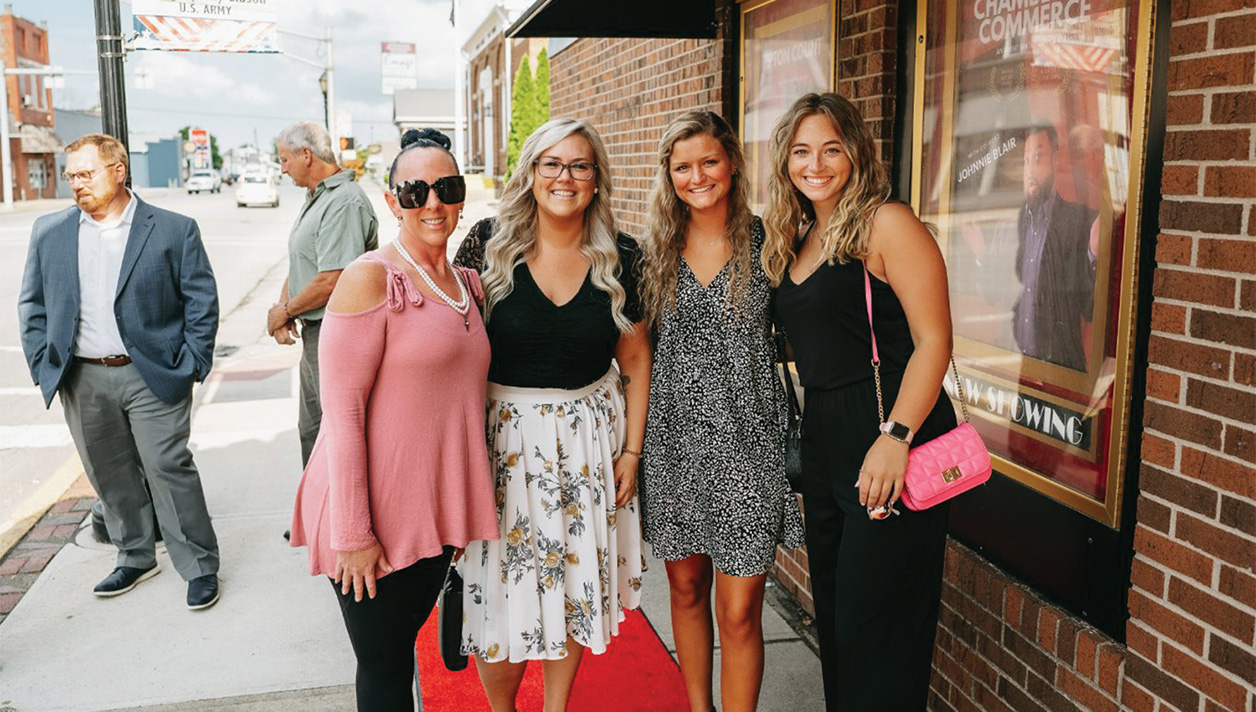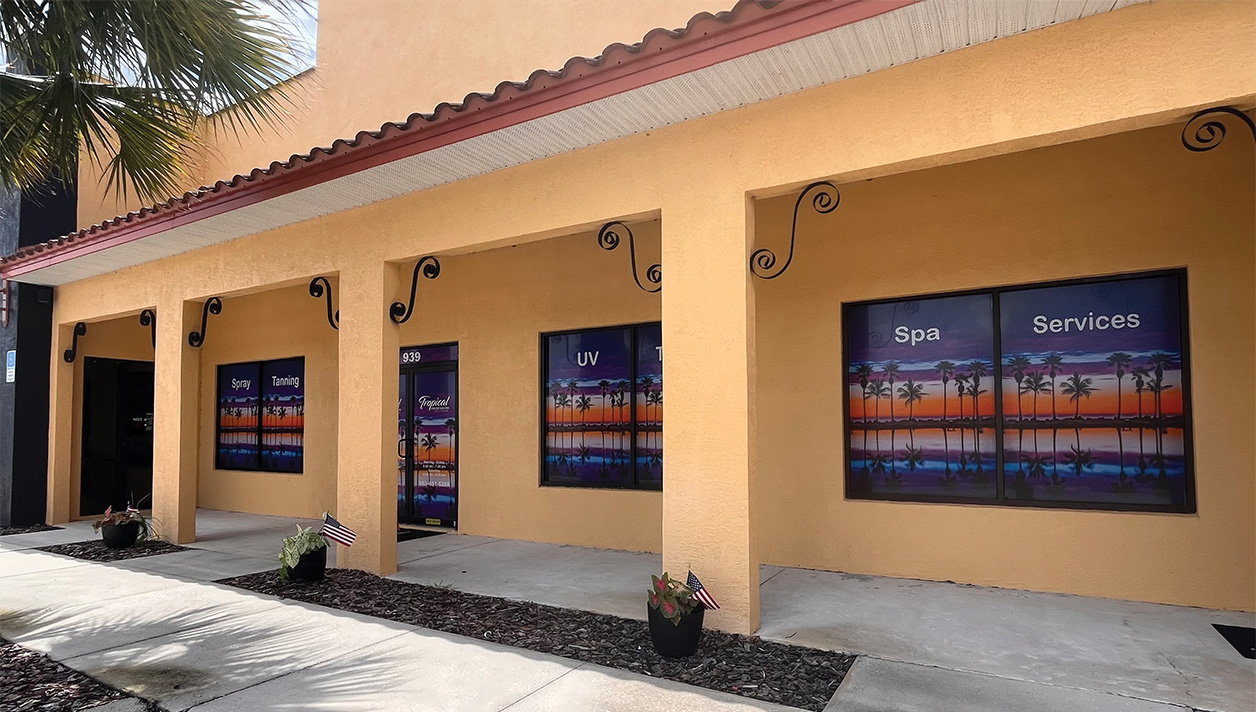[gap height=”15″]In the past, anti-tanning advocacy groups have used surveys or “sting” operations to highlight perceived shortcomings with regard to salon operation in the U.S. Most noticeably, the 2012 U.S. House Energy and Commerce Committee that used investigators posing as 16-year-old females to gather info on regulatory compliance and health claims in salons. In 2009, female college students posed as 15-year-olds, and contacted over 3,000 U.S. salons to ask about parental permission and tanning frequency. Is it just me, or does anyone else see the ethical issues associated with people “posing” as teen-age girls? I question the moral balance of this research method. But I digress.
[gap height=”15″]Let’s look at the juxtaposed title and subtitle of some recent research by the MD Anderson Cancer Clinic:
[gap height=”15″]Most indoor tanning salons comply with Texas tanning ban for those under 18
[gap height=”15″]MD Anderson Moon Shots Program study finds daily use practices exceed FDA guidelines.
[gap height=”15″]Huh? So, the lead of the story is that Texas salons comply with current state regulations, but then you tell me they don’t follow FDA guidelines? This is a sample of the type of research that questions our industry practices and the “spin cycle” that’s applied to it in an effort to influence public opinion. Here’s the first paragraph:
[gap height=”15″]“When female employees of a mystery shopping firm called posing as 17-year-olds interested in tanning, 81 percent of indoor tanning facilities complied with the Texas ban on indoor tanning for those under the age of 18 in a study conducted by The University of Texas MD Anderson Cancer Center. Upon discovering the caller’s age, employees at those facilities told the caller she could not use indoor tanning, even with the permission of her parents.”
[gap height=”15″]Okay, so here’s another example of more “callers posing as teenage females,” and finding that an overwhelming majority of tanning facilities actually do comply with TX regs on their under-18 tan. But that’s not how this story was spun.
[gap height=”15″]“This level of compliance with the under-18 ban enacted by the Texas Legislature in 2013 underscores the importance of this approach as a strategy for skin cancer prevention,” said Mary Tripp, Ph.D., instructor in Behavioral Science and lead author of the study, published as a letter to JAMA Dermatology.
[gap height=”15″]What level of compliance? 81%? I’d like to copmare that with restaurant inspections by the health department!
[gap height=”15″]The incidence of melanoma has been rising in the U.S. for 30 years, while the frequency of most other solid tumors declined. From 1975-2012, cases of melanoma grew by about 3% per year. In 2016, an estimated 76,380 people will be diagnosed with invasive melanoma and 10,130 will die of the disease.
[gap height=”15″]But, what is omitted is mention of our country’s aging demographic. Clearly, folks who are now in their 50s, 60s and 70s did not have the same awareness of using SPFs when exposed to natural sunlight. That is confirmed when you view the actual statistics on melanoma that point to this age group as the largest for incidence and fatalities. And most are male. Read more info at Seer.Cancer.gov.
[gap height=”15″]“Free-standing centers have best compliance … with (86 percent) most likely to comply, with beauty salons/spas (68 percent) least likely.”
[gap height=”15″]Since the majority of tanning facilities are in fact, freestanding, that fact should have been mentioned.
[gap height=”15″]Tripp noted that an alarming proportion of facilities, 83 percent, told mystery shoppers that their customers could tan daily, in contrast to a schedule of three or fewer sessions during the first week recommended by the U.S. FDA.
[gap height=”15″]Well, current FDA regs state that session frequency is a “recommendation” and not a “regulation.”
[gap height=”15″]The vast majority of facilities responded directly (68 percent) or indirectly (25 percent) that a burn is possible with indoor tanning.
[gap height=”15″]That statement could have been positioned as a positive, yes? For example: “93% of those facilities surveyed responded that is possible to burn with indoor tanning.”
So, let’s look at the “Moon Shots” program:
[gap height=”15″]“Providing educational information in support of indoor tanning bans for minors has been a central part of prevention efforts under MD Anderson’s Cancer Moon Shots Program™, launched in 2012 to accelerate the pace of converting scientific discoveries into prevention, detection and treatment advances that significantly reduce cancer deaths. Faculty and governmental relations leaders in the Melanoma Moon Shot and the Cancer Prevention and Control Platform provided educational information about indoor tanning and cancer risk to Texas legislators and served as the primary clinical and research resources on the Texas prohibition law, which took effect in September 2013. Texas was the fourth state to enact a ban, and since then moon shots educational efforts have shifted to other states.”
[gap height=”15″]What’s missing? How about their efforts to regulate and/or ban under-18 exposure to natural sunlight where the risk of overexposure and sunburn are significant? Consider the millions of adolescents who are exposed to UV at ball fields, parks, beaches, lakes and swimming pools. Unfortunately, this concept always goes unnoticed by skin cancer researchers. Let’s not forget that millions of people seek UV exposure each year and choose professional indoor tanning facilities where UV is delivered according to individual skin type and controlled by a timing device to minimize the risk of overexposure and sunburn.



























